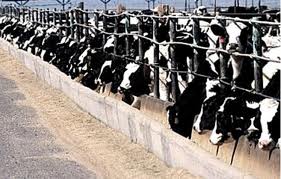 It started off as a worry about the treatment of livestock. Calves being born solely to service the dairy industry and cruelly separated at an early age causing distress to mother and child. Cows packed in sheds or pens, rather than roaming in fields. The 2017 BBC programme, ‘Simon Anstell: Carnage’ reiterated my concerns and helped convince my husband into joining me on my endeavor to cut out meat.
It started off as a worry about the treatment of livestock. Calves being born solely to service the dairy industry and cruelly separated at an early age causing distress to mother and child. Cows packed in sheds or pens, rather than roaming in fields. The 2017 BBC programme, ‘Simon Anstell: Carnage’ reiterated my concerns and helped convince my husband into joining me on my endeavor to cut out meat.
As the undeniable effects of climate change hit the headlines, it has moved on to a desire to cut our CO2 emissions. It is totally scary how much land is being used for livestock. Slightly alarming, is that organic farming requires more land to be cleared of trees, for the cows, etc to roam, than non-organic.
Recently, I watched ‘Apocalypse Cow: How Meat Killed the Planet’ (Channel 4, UK) in which George Monbiot pointed out that the grassy mountains of the Lake District would be covered in carbon sucking forest if it weren’t for all the sheep munching on the tree saplings! So, going organic is not the answer. Liz Bonnin’s BBC1 documentary, ‘Meat: A Threat to Our Planet?’ is another recent program to watch with a more US/Brazil based slant. The amount of land being cleared to raise cattle or just grow feed is alarming; land that could be more productively used in growing food directly for humans.
Flexitarian Diet
My husband and I have opted for a flexitarian diet, substituting meat with mainly fish, beans, Quorn and tofu. We occasionally go rogue with a bit of bacon in our pasta and pesto. And we don’t beat ourselves up over having a bit of turkey at Christmas; our two adult sons refuse to give up meat and who wants to cook two meals on a holiday!
Cutting out the dairy has been harder. The vegan cheese we tried was one of the most disgusting things we’ve ever eaten and ended up in the bin – a rarity for us! Mind you, I don’t eat as much cheese these days (terribly fattening) and I drink oat milk, instead of cow’s, so I’m not actually consuming that much dairy. If I can avoid eating bread, I can avoid butter.
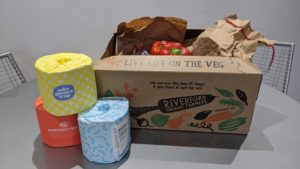 Avoiding Plastics
Avoiding Plastics
This year, we’re also trying to avoid single use plastics, especially those we can’t put in our council’s recycling collection bin. Living in a village, it is proving very difficult because it would take a car trip to get to a fishmongers or market to buy unwrapped goods. Which is the lesser evil, using fuel or plastic wrapping?
Get the answers in personally selected Zero Waste books from the Green Eatz bookshop.
We do have a shop in the village, but because it’s relatively small, all the fruit and veg is plastic wrapped. To avoid this, we’ve just had our first order from an online organic vegetable delivery company. I was surprised everything came in paper bags, rather than loose in a box, but at least it’s not plastic. We will need to get more organised if we continue with this, as deliveries are only once a week. Up to now, if we’ve run out of something, we just walk up the road to the shop; now we’ll have to wait for Friday’s delivery.
Who Gives a Crap
We’ve also ditched our usual supply of loo rolls from an online supermarket as they have no paper wrapped offering. Instead, we’ve done a bulk buy from Who Gives A Crap. Next on the list is toothpaste; got a few tubes to use up first, but you can now get toothpaste tablets in glass jars. The refills come in cardboard boxes – I’m sure I can find a jar to use.
It takes a lot of research going plastic free, and you definitely lose the convenience, but we all need to do our bit and take action now, because the politicians aren’t going to.
When it comes to air travel, I’m on to a winner – I hate flying so it takes me about ten years to pluck up courage to get on a plane again. Now, I’ve got an excuse to fly even less!
Thanks to Lucy Johnson for this personal story. Lucy is a Chartered Accountant who lives in the UK and is also my sister.
Read more about Zero Waste.
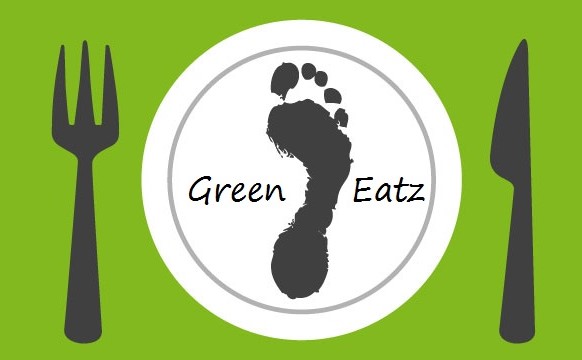
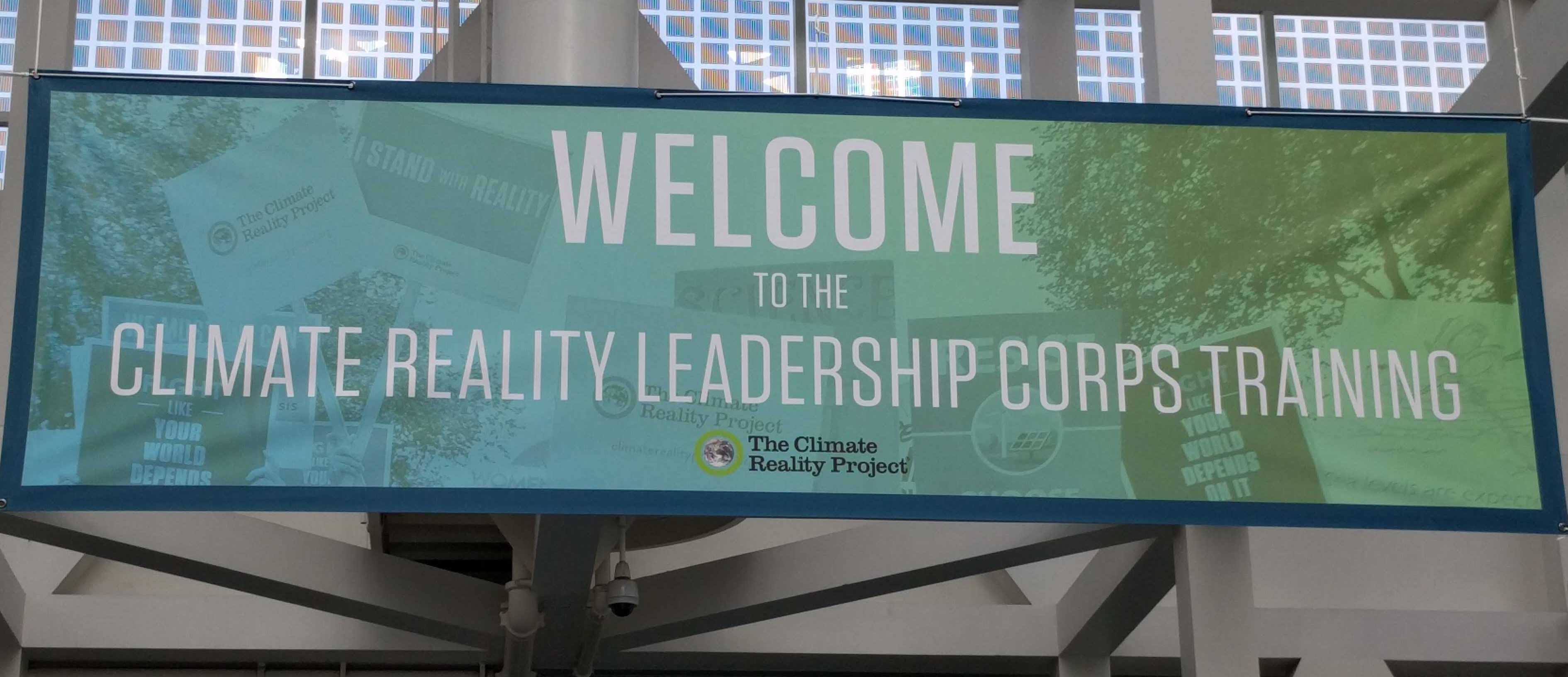
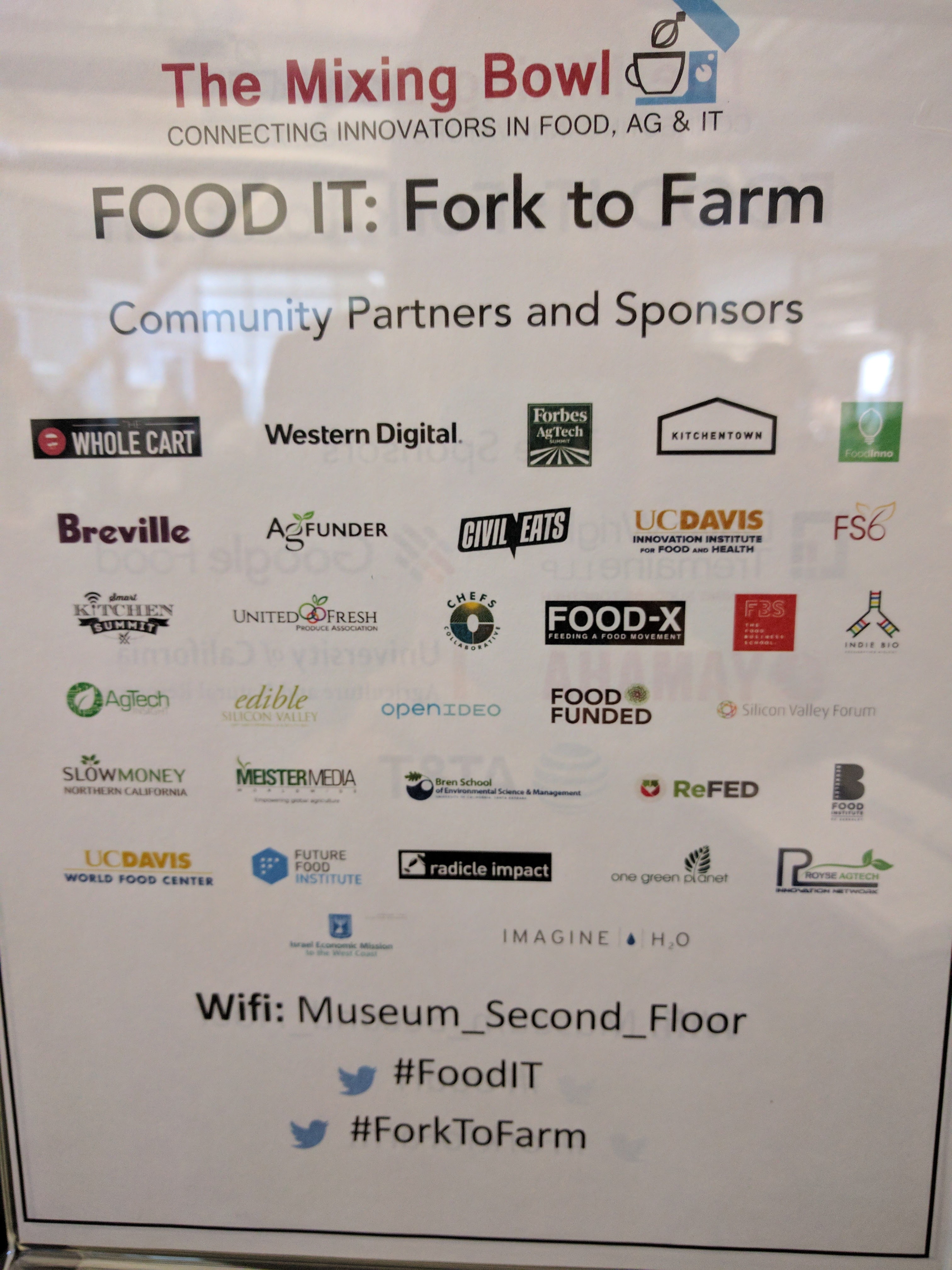
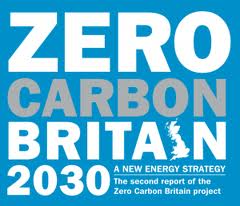
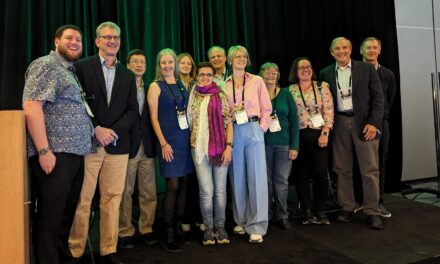
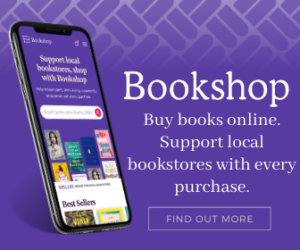
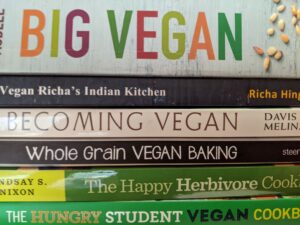
Try vegan cheese again – some are very nice eg Daiya! And maybe time to buy an electric car – then you won’t feel so guilty about driving to the shop 🙂